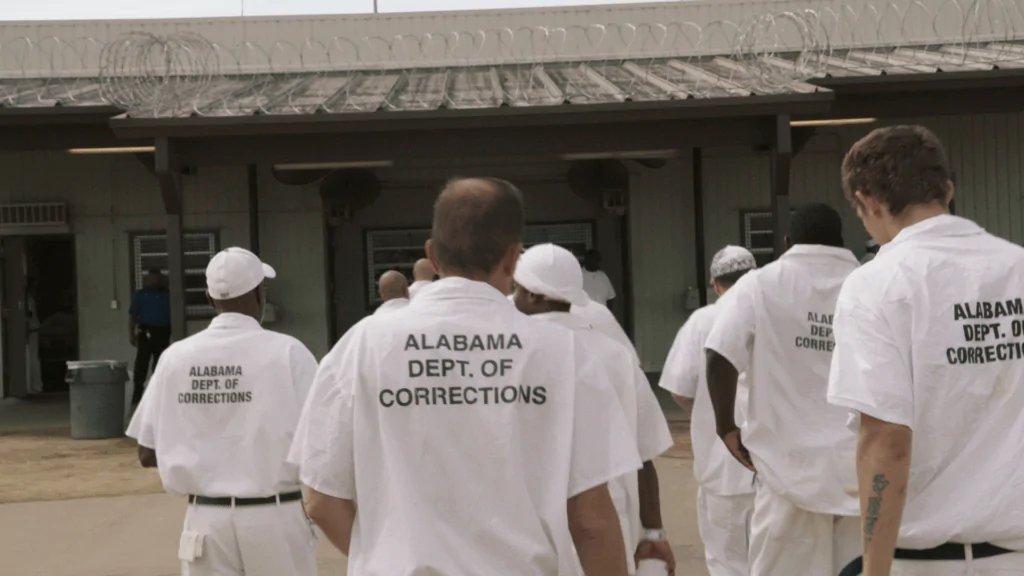Key Points
Residents of Kochise County frequently find themselves needing to travel at least 45 minutes to access essential medical services.
The number of overdose fatalities in Kochise County has dropped from 29 in 2022 to 18 in 2024.
The illegal drug supply is in constant flux, with many dangerous adulterants not being detectable by the standard strips used for testing substances like fentanyl and other opioids.
Introduction
Kochise County, Arizona, demonstrates how tailored harm reduction efforts can greatly benefit rural areas. The county experienced a significant rise of 65% in overdose deaths between 2021 and 2022. Following the establishment of a harm reduction program, there was a noteworthy 38% decrease in such deaths the subsequent year.
Background
Covering 6,219 square miles, Kochise County is expansive, comparable in size to Rhode Island and Connecticut combined. As of 2024, this county has a population of approximately 123,793, with a third of the inhabitants living in rural locales. Around 99.3% of the land is considered rural, resulting in many residents living in small, often inaccessible areas. Sierra Vista, a key city in Kochise County, has about 45,000 residents, while the six local governments range from around 1,300 to 16,000 residents. A significant number of locals face regular challenges, traveling over 45 minutes just to reach necessary medical care.
At the same time, many in Kochise County grapple with food insecurity, a shortage of affordable housing, and limited transportation options—all contributing factors to the ongoing overdose crisis. Thus, effective harm reduction initiatives must explore innovative methods to offer varied services and improve access to them.
Reducing Harm in Kochise County
After experiencing a surge in overdoses in 2021, Arizona implemented a Syringe Service Program (SSP). This program arose from the influx of fentanyl and is aimed at mitigating its impact. “Reducing Cochise Harm” (CHR) began in Bisbee in 2019, operating informally from the founder Lu Funk’s car. It has since evolved into a key organization providing various services throughout Kochise County. CHR offers harm reduction tools such as injection supplies, sharps containers, naloxone for overdose response, and fentanyl test strips, along with on-site testing for HIV and hepatitis C. They also provide camping gear, run a mobile food pantry, and assist with referrals for substance use disorder treatment.
According to Funk, the CHR team expanded from two members to eleven in 2023, with a 280% increase in funding and a 225% rise in participants, allowing for more comprehensive service delivery. They now manage five mobile routes monthly, supported by staff and volunteers who have personal experience with drug use.
The expanded scope has had tangible results, including 134 reported overdose reversals due to naloxone. Overall, the number of overdose deaths in Kochise County fell from 29 in 2022 to 18 in 2024.
Policy Lessons
The existing policy landscape in Arizona plays a pivotal role in shaping harm reduction strategies for rural communities in the state.
| Arizona Policy | Potential Benefits |
|---|---|
| Decriminalization of SSPs | Facilitates access to necessary injection supplies. |
| Good Samaritan Law | Protects rescues from legal consequences when they act in overdose situations. |
| Flexibility for SSPs | Allows programs to adapt to local needs amidst changing circumstances. |
| Legal Sampling of Fentanyl Test Strips | Allows users to make informed decisions regarding their drug use, minimizing overdose risks. |
Much of CHR’s effectiveness stems from its local relevance, reflecting Funk’s insight. Policies should give organizations the flexibility to address the individual needs of participants within their specific contexts.







